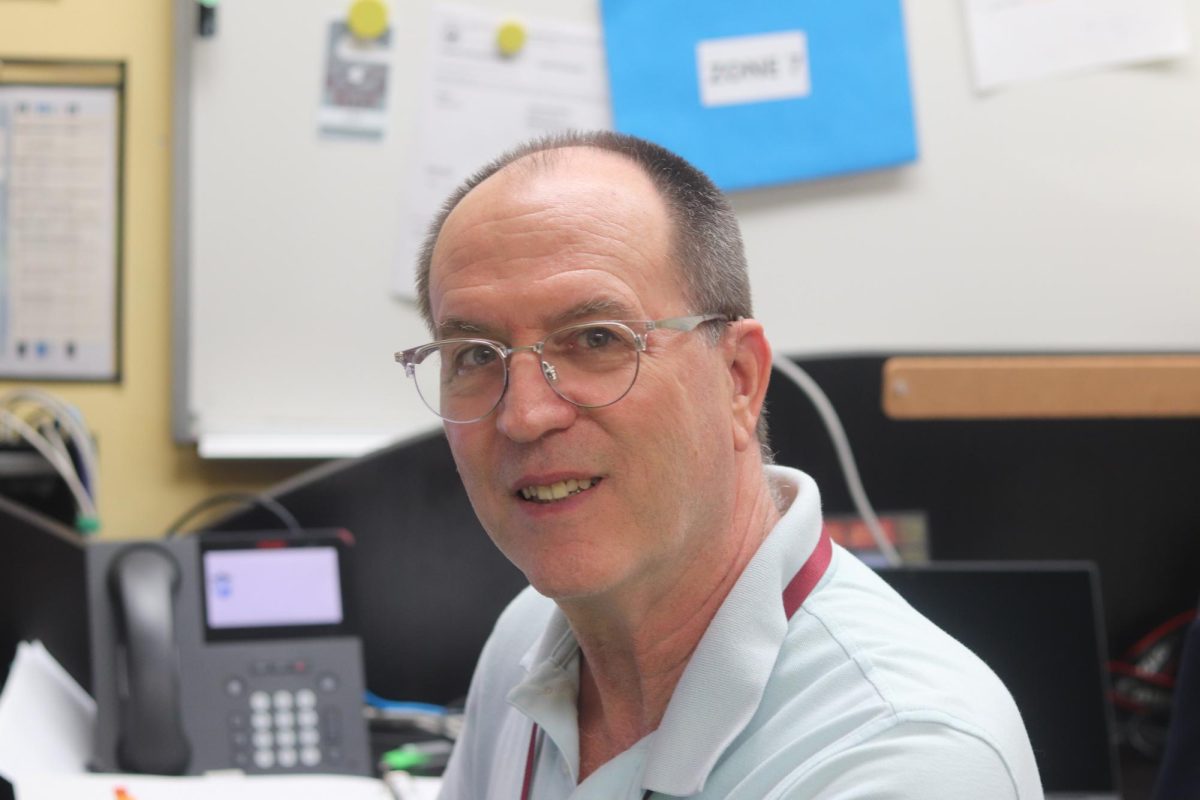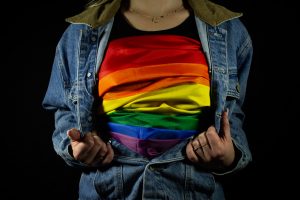
“Straight people have never been negatively affected because they’re straight. They don’t get weird glances when holding hands; they aren’t afraid to be seen and they aren’t treated differently. We are, we do. That’s our reality. People will judge us because of who we love, and who we are, even in this school.”
Marjory Stoneman Douglas student *Jane has been dating her girlfriend for four months now, and while the couple goes out to the movies together, hold hands in school hallways and give each other kisses between classes, their dating experience is extremely different than most at the school as a lesbian couple.
“The first time we were holding hands in the hallway, this girl we knew was glaring at us so hard. And we were kind of friends, which was so weird,” Jane said. “I’m super perceptive of that stuff when I’m with [my girlfriend], because honestly I feel like I have to be on the lookout for something that’s going to happen.”
Beyond feeling uncomfortable with expressing her sexuality at school sometimes, Jane cannot even be herself at home, as she was taught from a young age that being gay was unnatural and wrong.
“I told my mom in middle school that I thought I like girls, and my mom told me ‘That’s not true, but if it is I’m sending you to conversion therapy.’ Obviously, that had a pretty intense effect on me,” Jane said. “I’m terrified someone is going to tell my parents. I get super nervous even when they just come to school because I’m so scared someone was going to slip up.”
So, with fear following Jane seemingly everywhere just for being herself, a question remains. Why would Jane and LGBTQ+ youth come out in the first place?
The obvious and often the first answer given for most non-heterosexual people lies in the fact that their sexuality is a part of their identity. By hiding that identity, many feel that this creates a barrier between them and those they love, and it prevents them from living their lives truthfully.
“Everytime the question of sexuality came up, my heart would just sink into my chest and I would get so embarrassed,” junior Daniel Bishop said. “I decided I didn’t want to live like that anymore. If I do something, I do it all the way. I needed to just be who I am, because we really do only live once.”
Bishop had a much more positive experience coming out to his friends and family, though.
“Most of my friends are super supportive of me, and my parents are too,” Bishop said. “Of course, they had to get used to it, and there have been some bumps along the way. But, at the end of the day, I know how lucky I am.”
No matter the experience though, LGBTQ+ students often feel the same confusion when first coming to terms with who they are.
“It honestly felt like there was a glass barrier between me and everyone I met [before I came out], because I wasn’t being honest about myself,” senior Em Jiminian said. “I feel so much more confident now. I’m not afraid to express who I am, and to love who I want to love.”
Jiminian is the president of the school’s Gender Sexuality Alliance, a club for non-straight students, non-cisgender students and their allies to express themselves. For her, GSA was a new beginning, a safe space in a time in which she felt there was none.
“I was just coming into my own, and I thought that the GSA would be a great place for me,” Jiminian said. “I went and I had an amazing time and the people there were great. It was amazing to be with people who I understand and who understand.”
While statistically, most lesbian, gay, bisexual and transgender youth live positively during their adolescent years, they also have much higher rates of depression and suicide than their heterosexual counterparts. According to the Center for Disease Control, safe, student-led clubs like GSA, as well as a supportive school staff is important in promoting health and safety for queer students.
The CDC also suggests that schools have curriculum to promote safe-sex habits for LGBTQ+ youth. Yet, according to the 2013 GLSEN National School Climate Survey, less than 5 percent of students have health classes that included positive representations of LGBT-related topics.
“There is literally no curriculum for us at school. I mean, I didn’t even know that bisexuality existed until eighth grade. How am I supposed to be myself in a place that won’t even teach that I exist?” *Catherine said. “Sex-ed is taught to straight students, but I had no idea there were certain safe-sex habits for lesbians to prevent the transmission of STI’s and STD’s. I had to look that up for myself, which is scary for a teenager, and probably dangerous.”
Another source of education and solace for LGBTQ+ youth lies in representation on television or in movies. Unfortunately, they are extremely underrepresented in cinema in proportion to their population in the United States with only 28 explicitly LGBT characters in major film releases in 2017.
More recently, though, the representation of LGBT characters has been more explicit and seen in a more positive light. Major films such as “Battle of the Sexes,” “Love, Simon” and “Blockers” have all been extremely inclusive and had major success.
“I never saw anyone who I identified with on television or in movies, so I thought something was wrong with me,” Jiminian said. “In shows like the L-word, we see powerful women doing their thing while also being lesbians. It’s critical to their identity, but it isn’t their entire identity, and I think that’s really important not only for LGBT people to see, but also for straight people to see.”
Although coming out to loved ones is a trial in itself, it is only part of the struggle; many feel the need to express their sexuality in specific ways. LGBTQ+ youth each decide to approach this differently, expressing their sexuality to the world at their own pace in their own ways.
“For me, I just don’t hide anymore,” Jiminian said. “It’s not like I am trying to push it in anyone’s face, but if a guy gets to talk about girls, I want to talk about girls too. I should be allowed to do the same.”
Others, like Bishop, want to ensure that they are seen as who they are by posting about it on social media, whether that be through posting pictures on Instagram or using hashtags on Twitter.
“I posted a picture of myself for National Coming Out Day because it was important for me,” Bishop said. “I mean, obviously it was something important in my life, and I wanted to share that with everyone.”
With the evolution of technology, the evolution of safe queer spaces came with it. In fact, according to the Pew Research Center, about half of gay men and lesbians chose to come out through social media in 2015.
With this expansion of gay and lesbian culture through social media, though, comes also heavy stereotyping.
“Just because I am super girlie, people are usually really surprised at the fact that I’m gay. But the truth is there is no right way to be gay, there is no wrong way to be gay,” Jane said. “Expressing your sexuality in a certain way doesn’t make anyone more apart of the community or less apart of the community. Someone femme is not more lesbian than someone butch.”
An important thing to note in the LGBTQ+ community, though, is the difference between sexuality and gender identity. While non-straight students must come out for loving who they want to love, transgender students must do their same with the gender they identify with.
For transgender students at school, this is an every day struggle. When transitioning to their preferred gender, leaving their house alone can feel like coming out to the strangers around them.
“I came out in middle school to everyone over instagram as a trans girl, and I said ‘this is my name, this is what I identify with’. I essentially came into high school as a new person,” senior Noelle Kaiser said.
Though coming out can be freeing for many trans people, similar to queer students, that is not nearly the end of the struggle. According to the National Transgender Discrimination Survey, 41 percent of trans people have attempted suicide and 19 percent have experienced violence or abuse from a family member.
“For trans people… our very ontology and existence is in question…which at times can be dehumanizing,” Kaiser said. “When I first understood what transgender was, I was hyperaware of the political climate, so I created a plan for myself. I wanted to wait until after high school so I could transition in the peace of privacy. Obviously, that was an unrealistic goal, because I still had this drive for a genuine feeling of happiness; I wanted to be respected for who I truly was inside.”
And, truthfully for transgender students, gay students, lesbian students, bisexual students, and anyone anywhere on the sexuality and gender spectrums- this is the bottom line. Each have different experiences coming out, coming to terms with who they are, and dealing with the those around them. Yet, to them all, their sexuality and gender is an intrinsic part of their happiness, and making others uncomfortable is not enough to keep them from that happiness.
In the future, students are hoping for an environment that not does not just allow for freedom of expression of sexuality and gender, but also one that encourages it, no matter the ways in which they choose to do it.
*Names indicated were changed to protect the students’ anonymity
This story was originally published in the January 2019 Eagle Eye print edition.



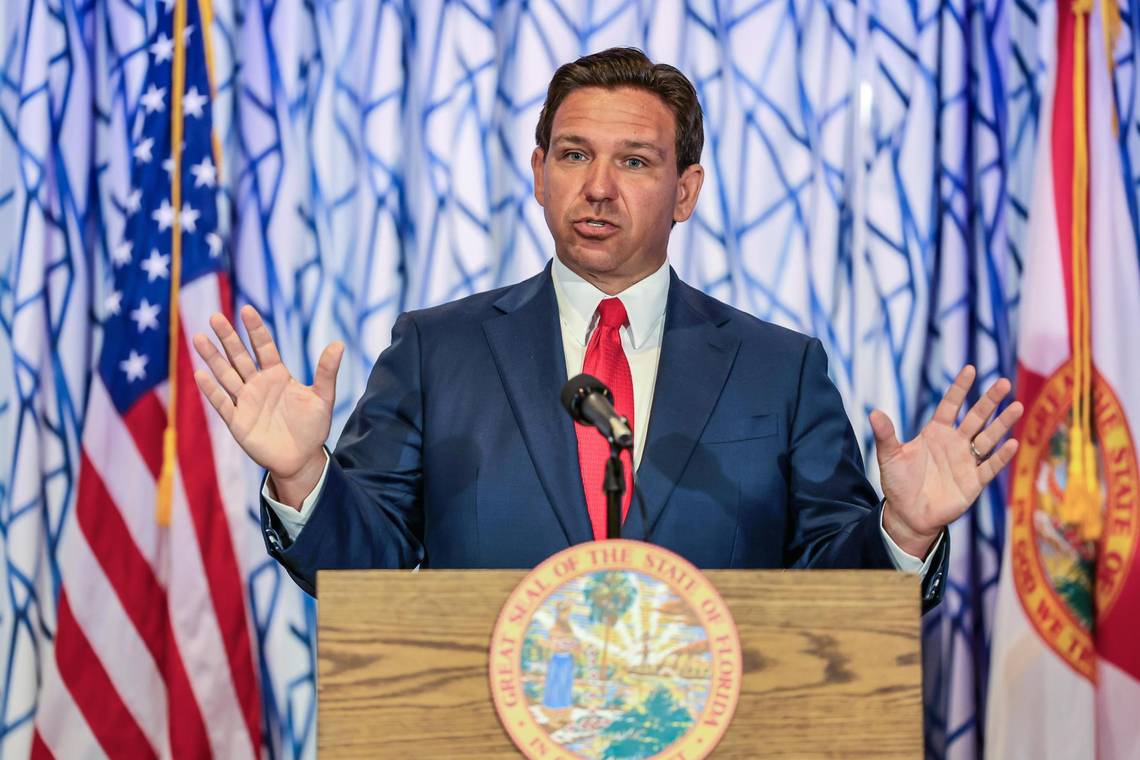
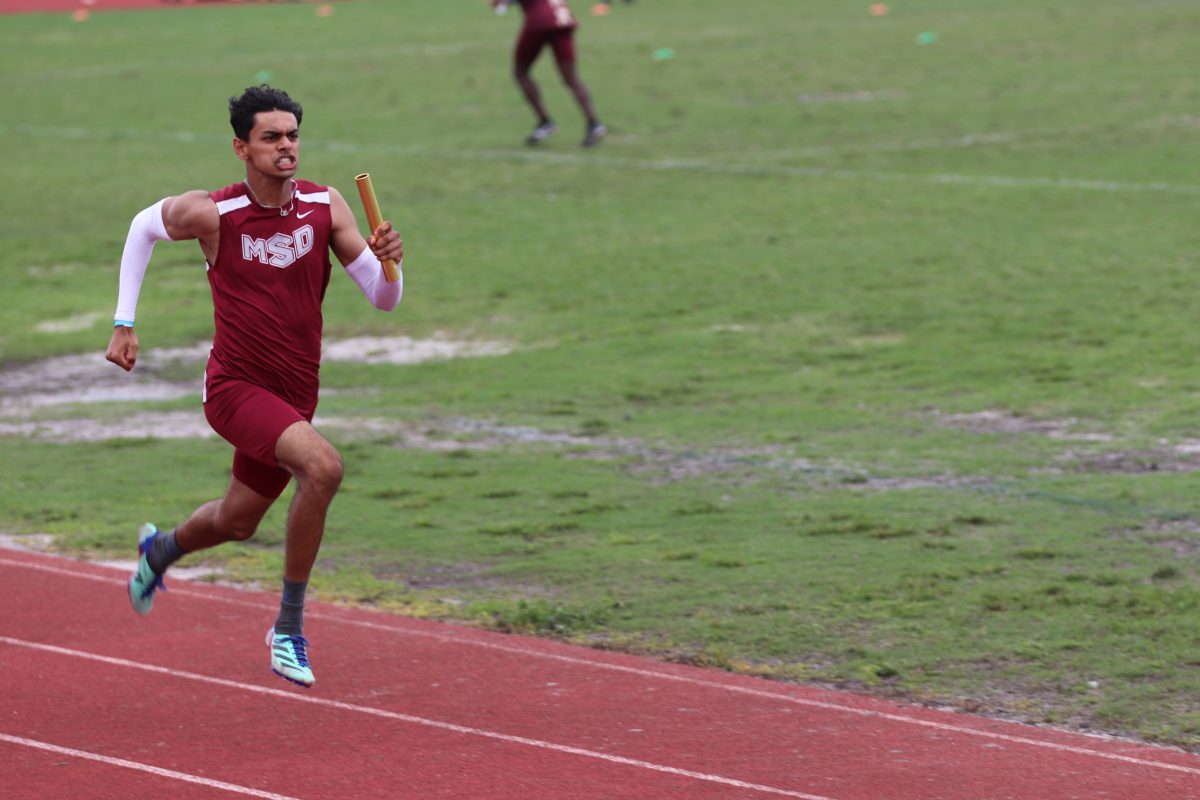








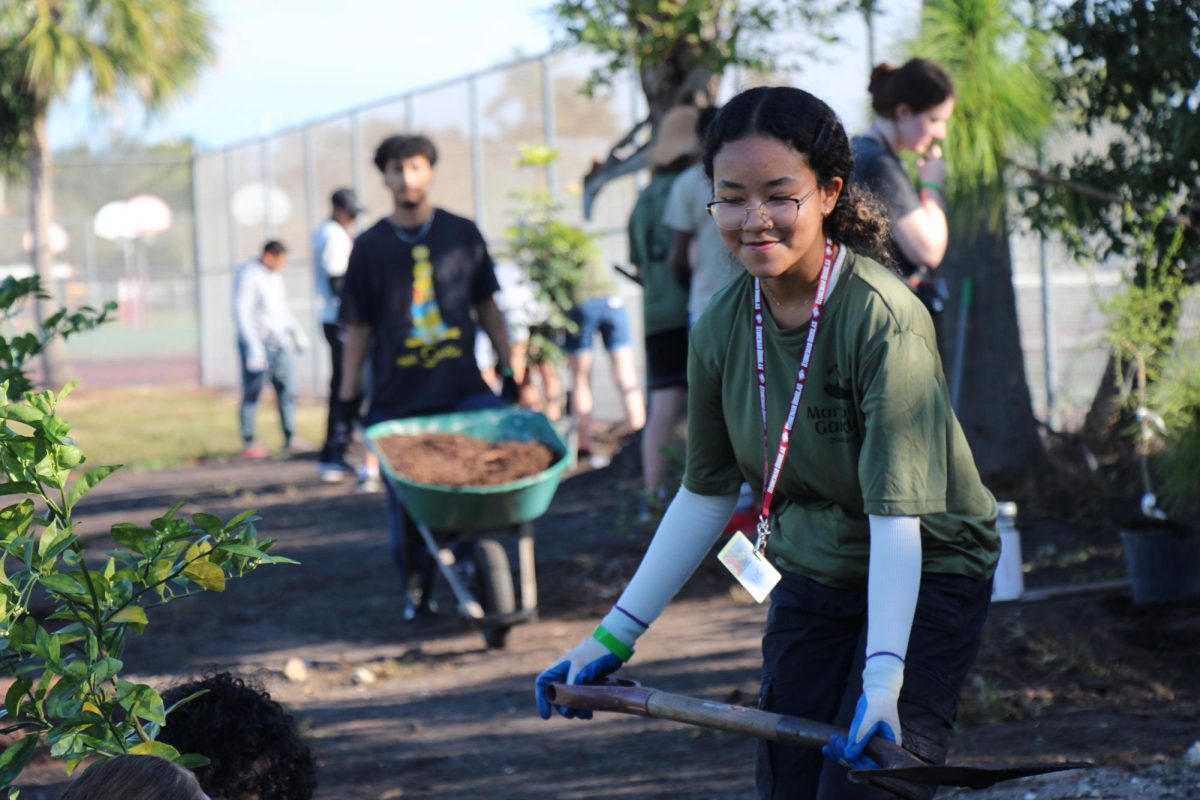
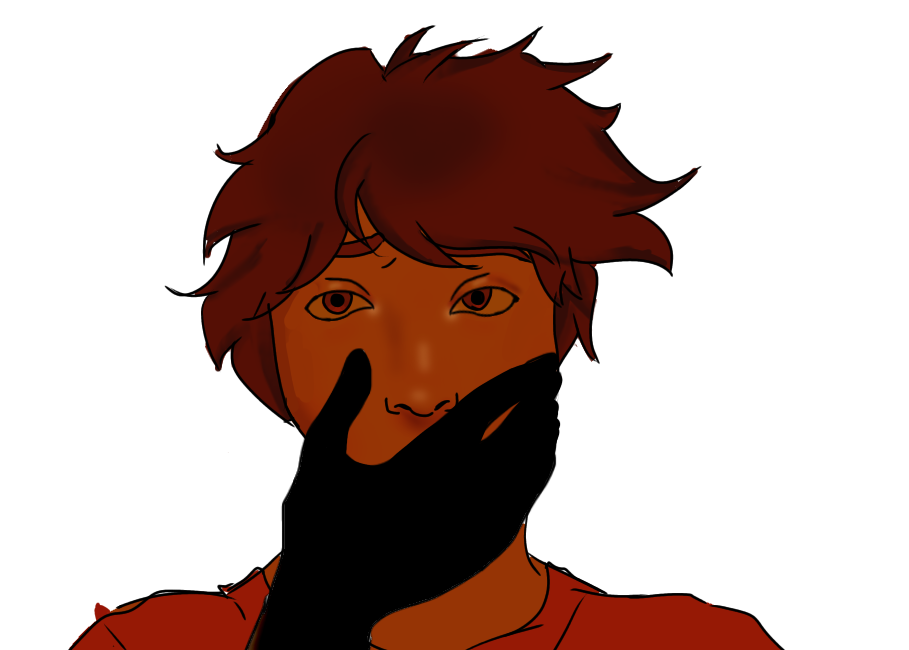

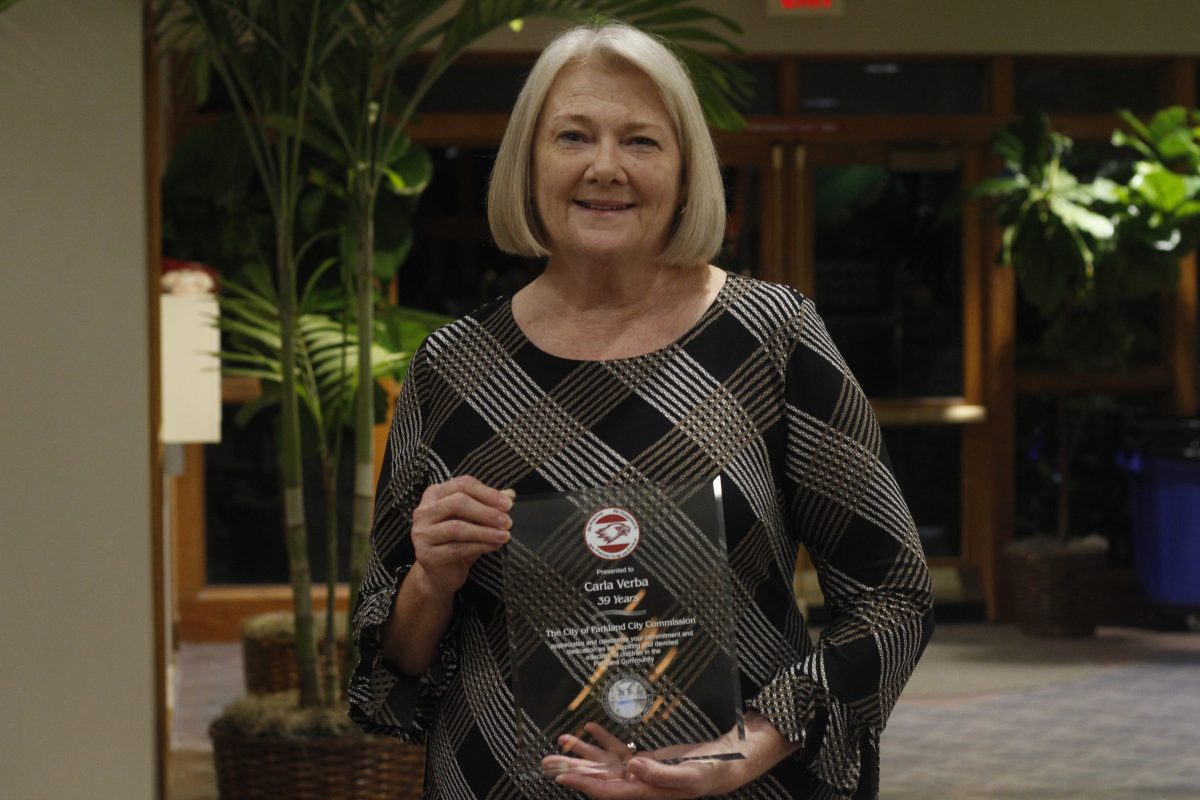
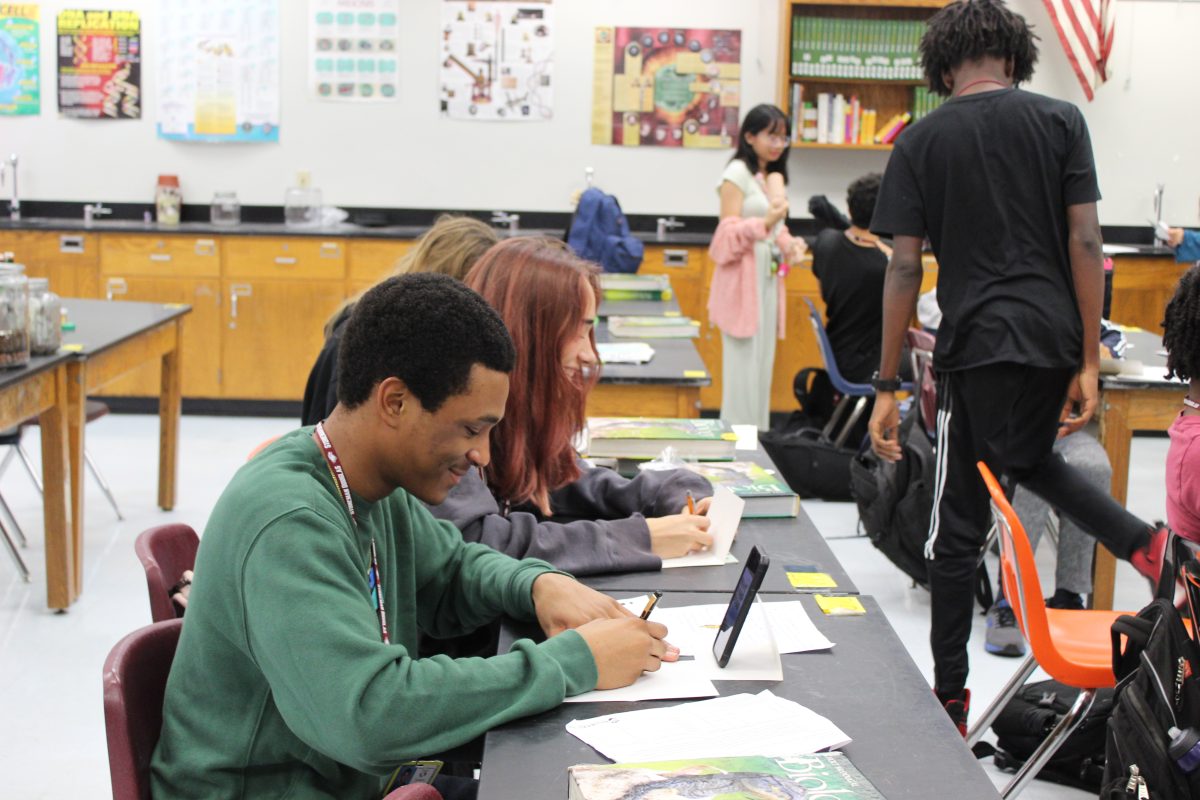
![(left to right) Seniors Stephanie Bilsky and Gracyn Haynes sport the DECA symbol, a triangle, at their first career fair, hosted on Dec. 6, 2023. The career fair had 12 business for students to explore and ask questions about. What we wanted to do is just take what weve learned [in DECA] and expand it to those students who arent enrolled in this class and dont have access and then just kind of take it to the community and allow students to discover their future as well, Haynes said.](https://eagleeye.news/wp-content/uploads/2024/01/9n9MEiC72JCfrptYKrZhoKhKscuboBiEju33GYeA-1200x800.jpg)
